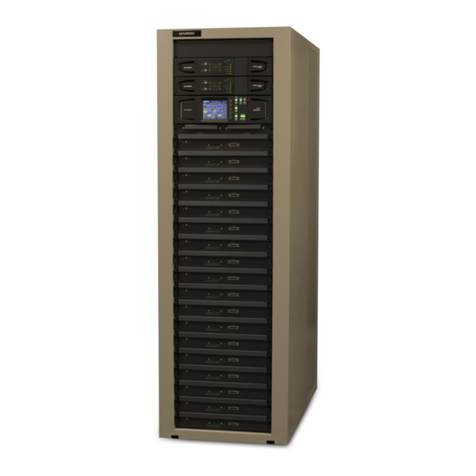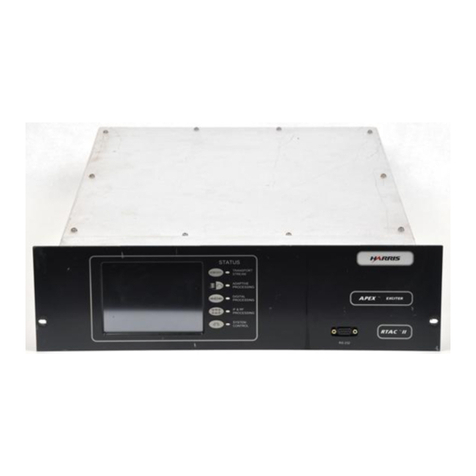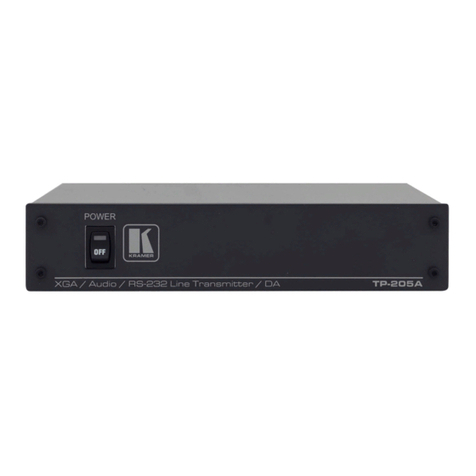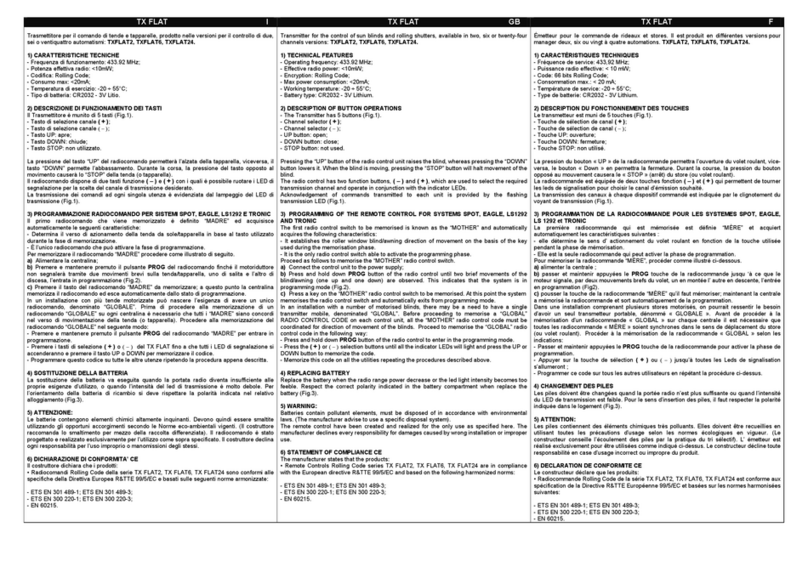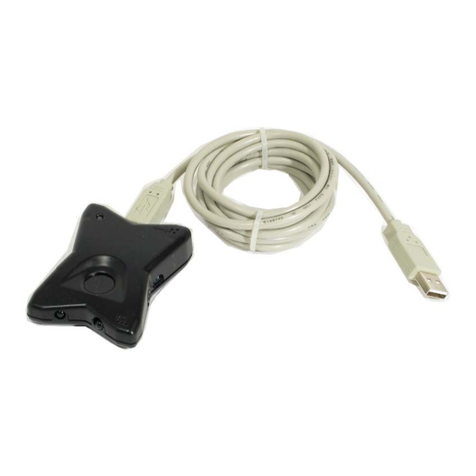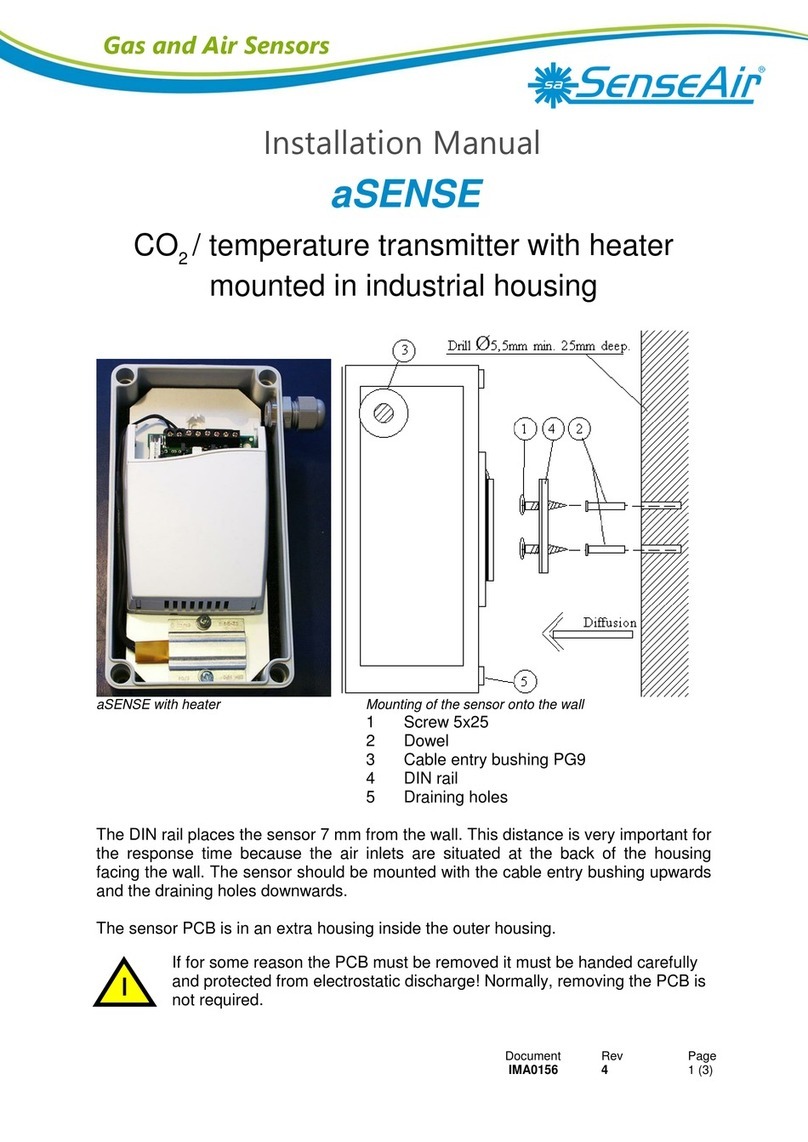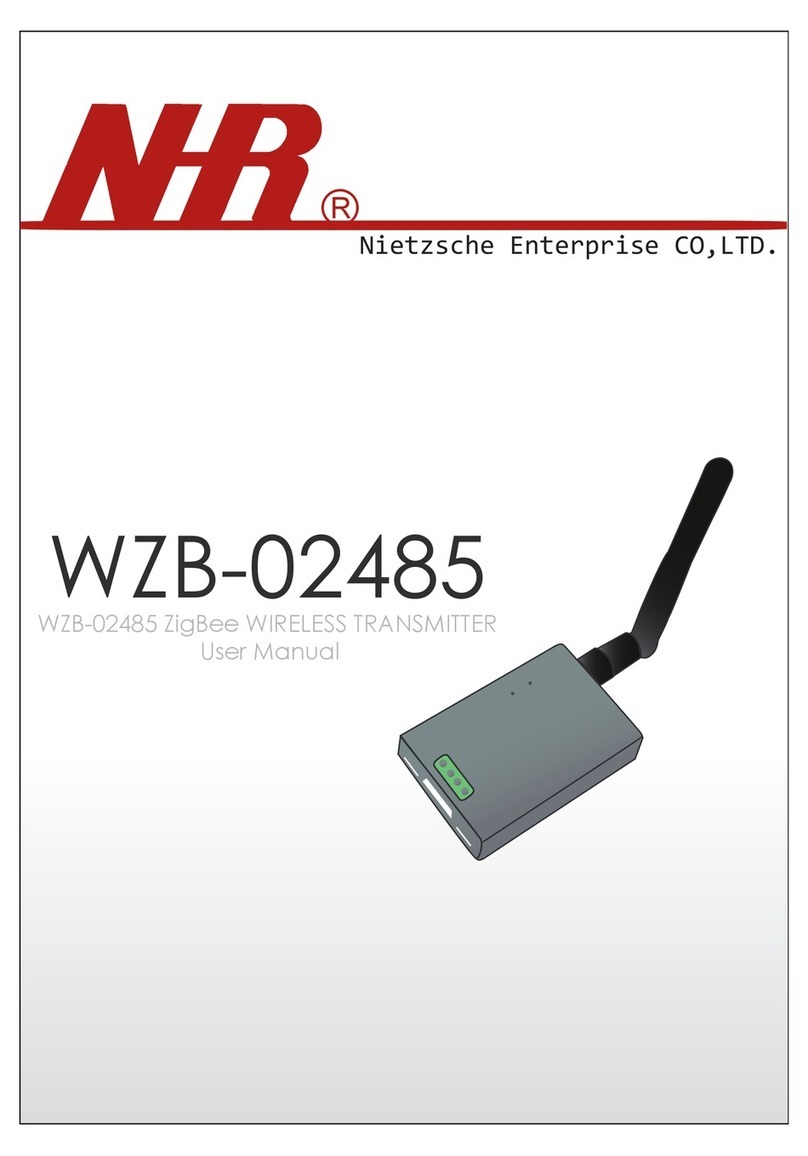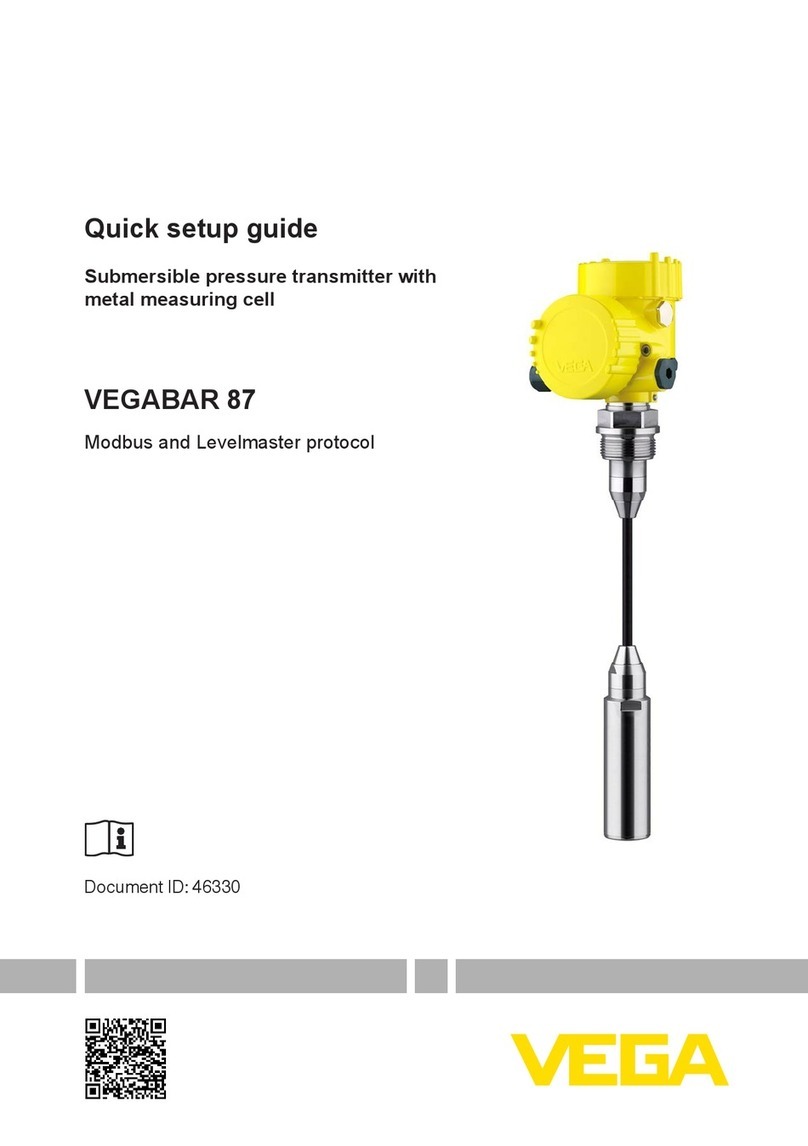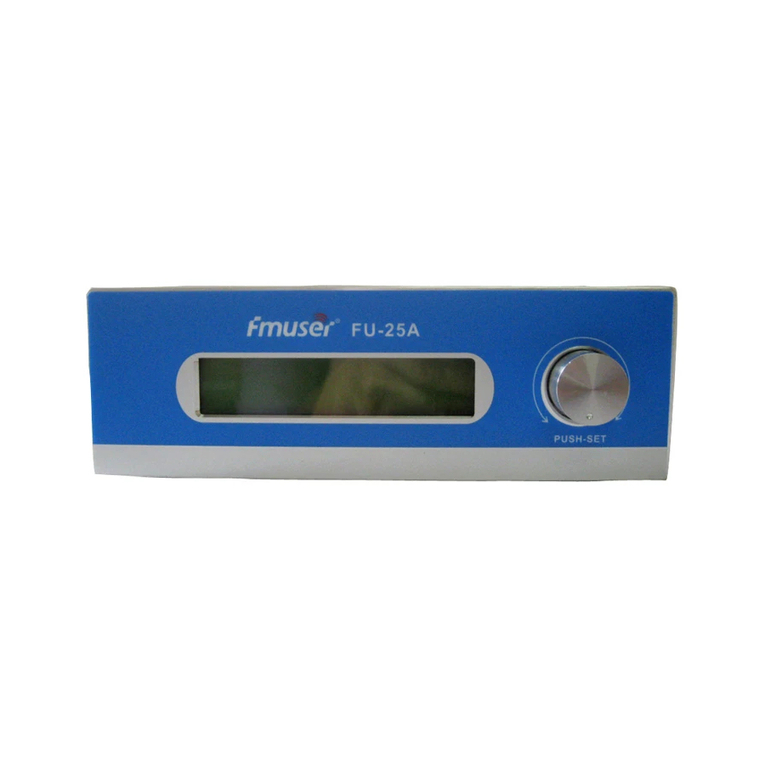Harris BC-1G User manual



















Other Harris Transmitter manuals

Harris
Harris 994 8047 001 User manual
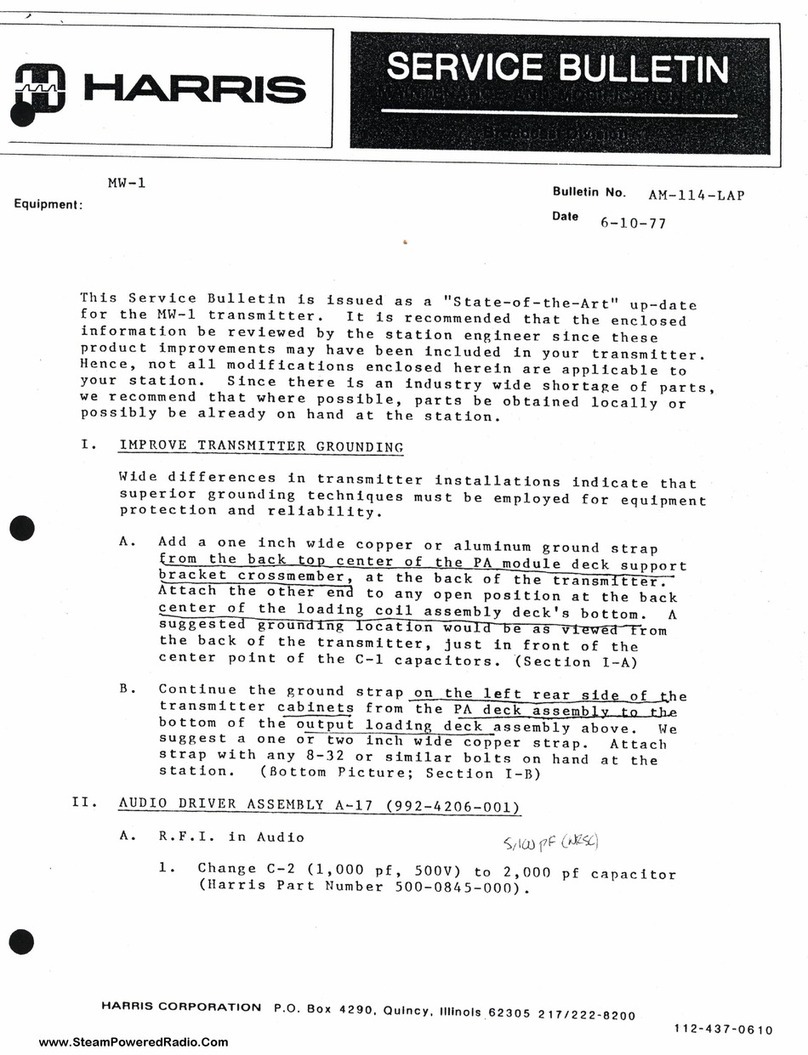
Harris
Harris MW-1 Reference manual
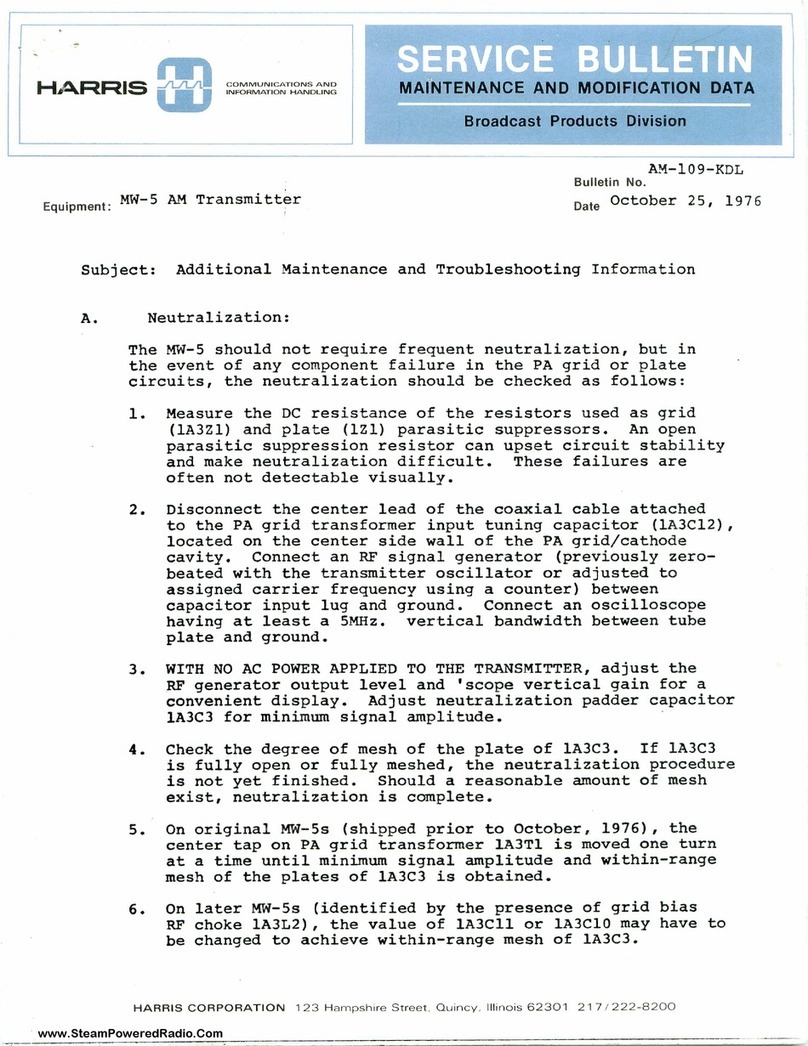
Harris
Harris MW-5 Reference manual

Harris
Harris Ranger Series Quick start guide

Harris
Harris HTlFM User manual

Harris
Harris ZX2500 User manual
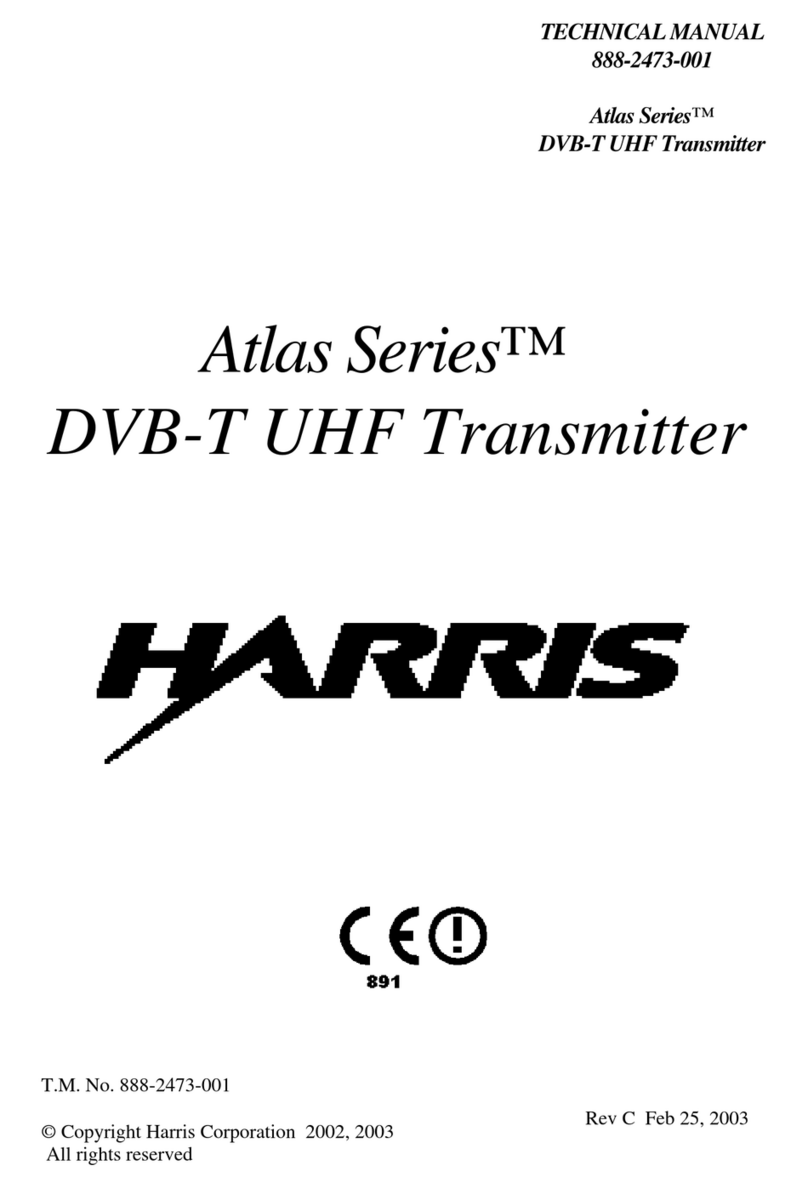
Harris
Harris Atlas DVL400 User manual
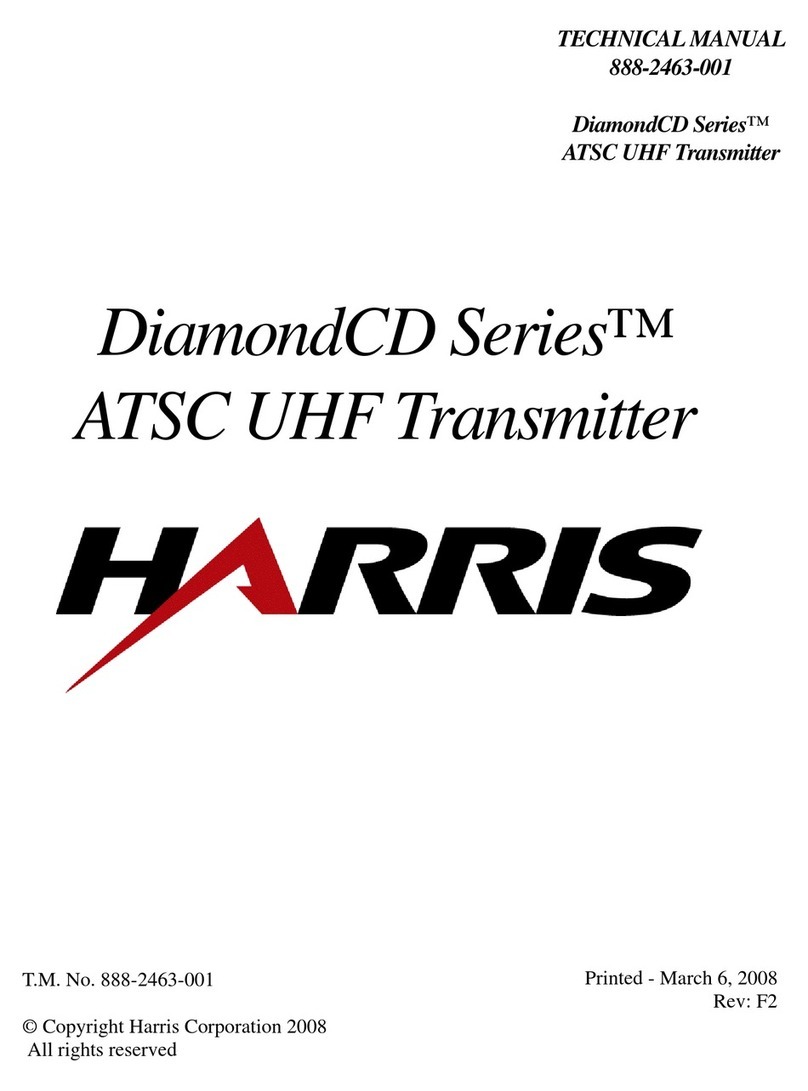
Harris
Harris DiamondCD Series User manual
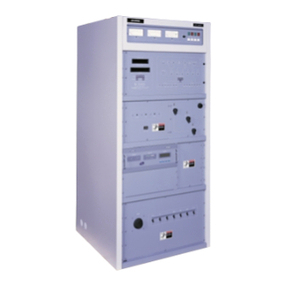
Harris
Harris HT 35CD User manual
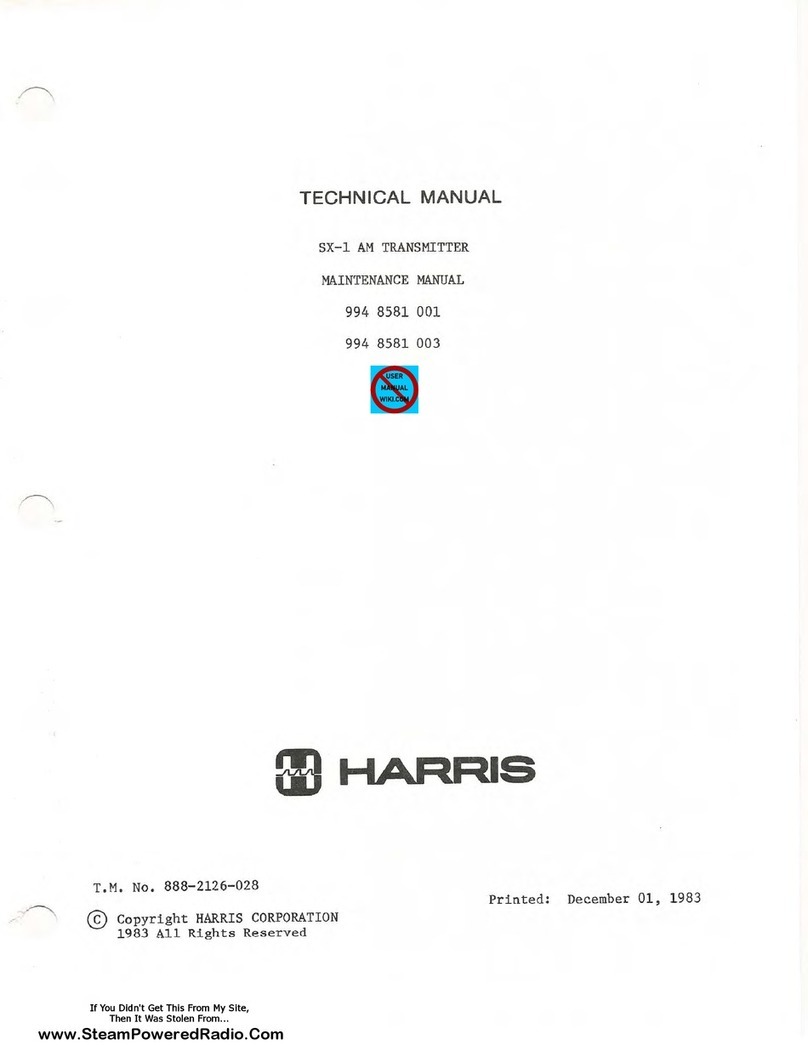
Harris
Harris SX-1 User manual

Harris
Harris GATES M-6573 User manual
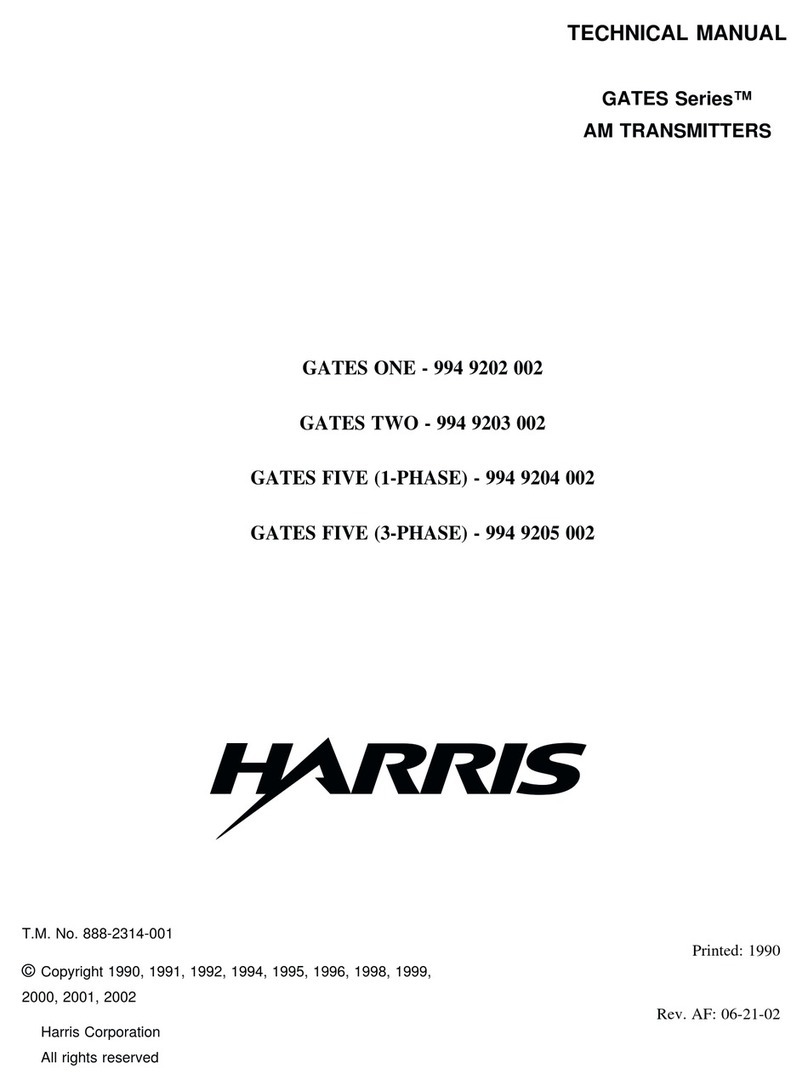
Harris
Harris Gates One 994 9202 002 User manual
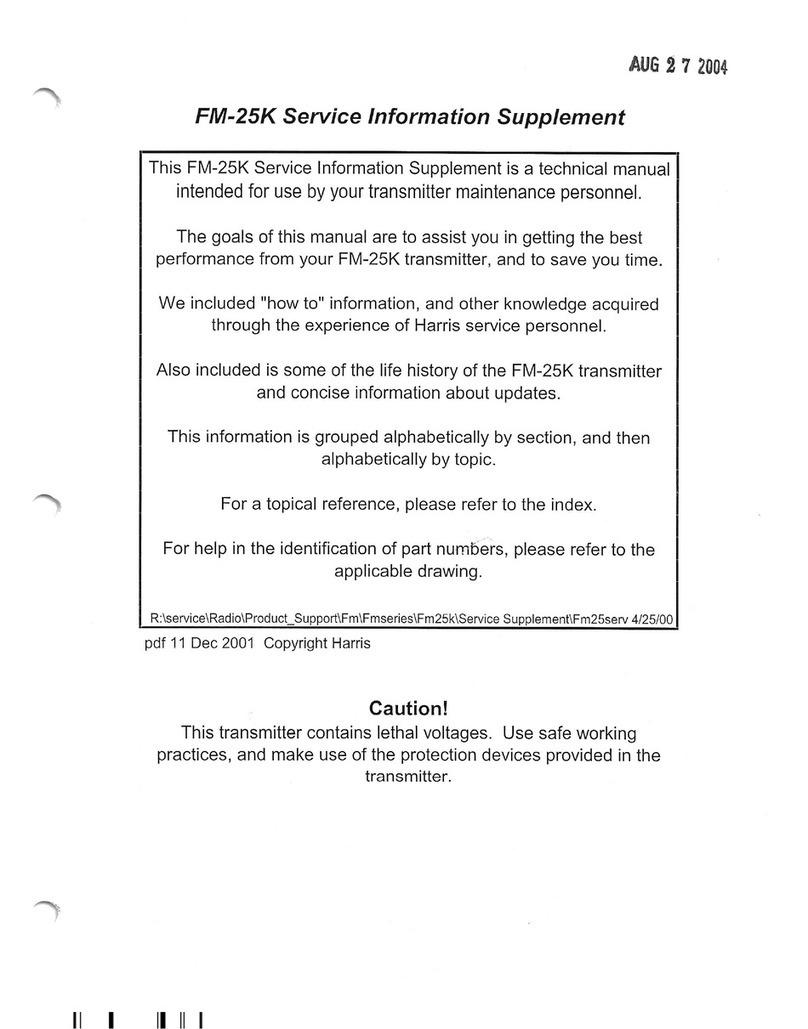
Harris
Harris FM-25K Operating and installation instructions
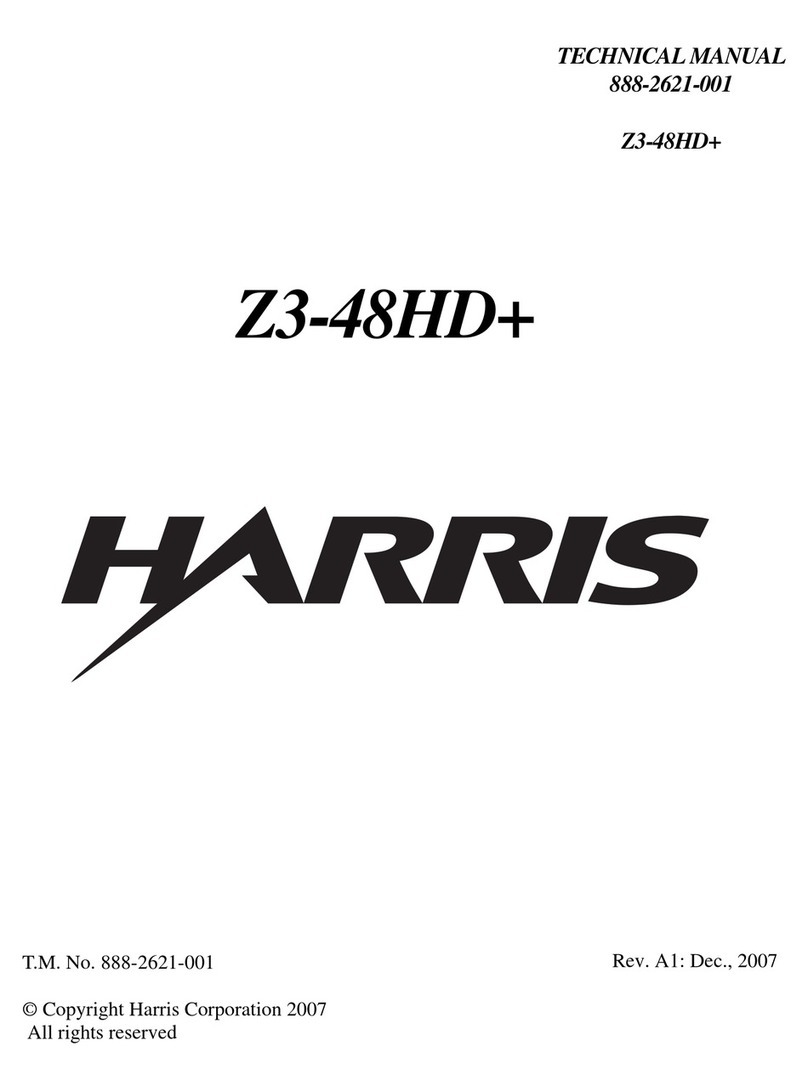
Harris
Harris Z3-48HD+ User manual
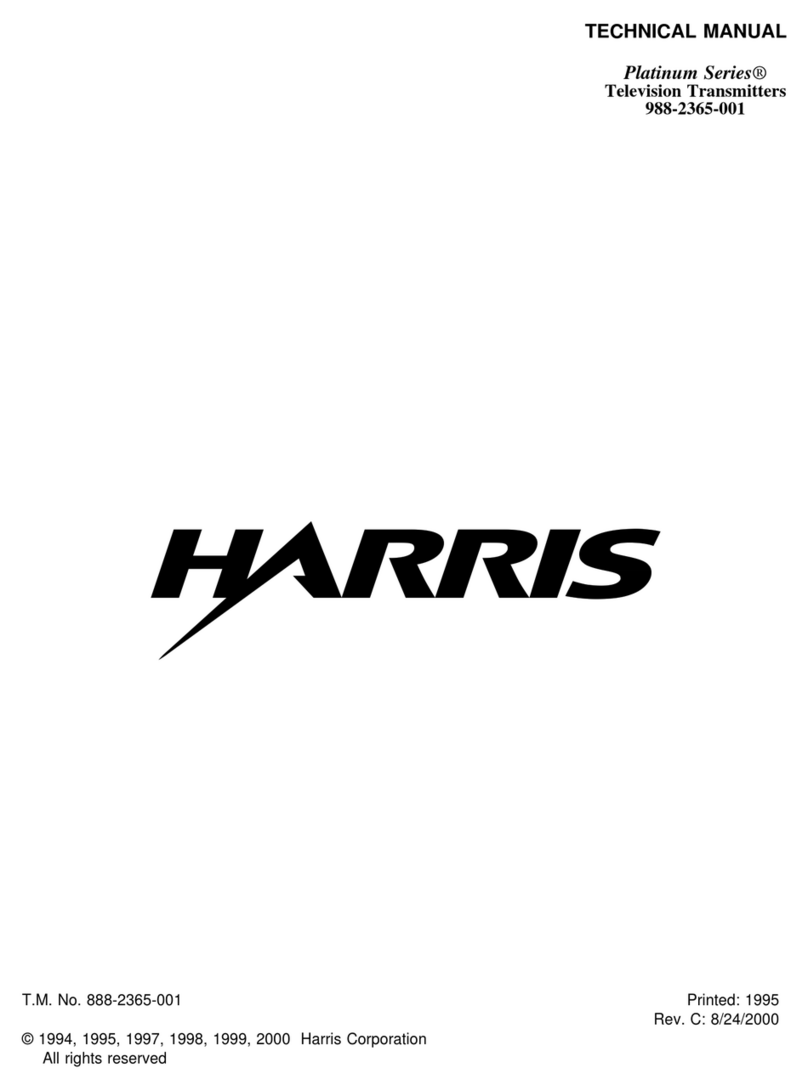
Harris
Harris Platinum Series User manual
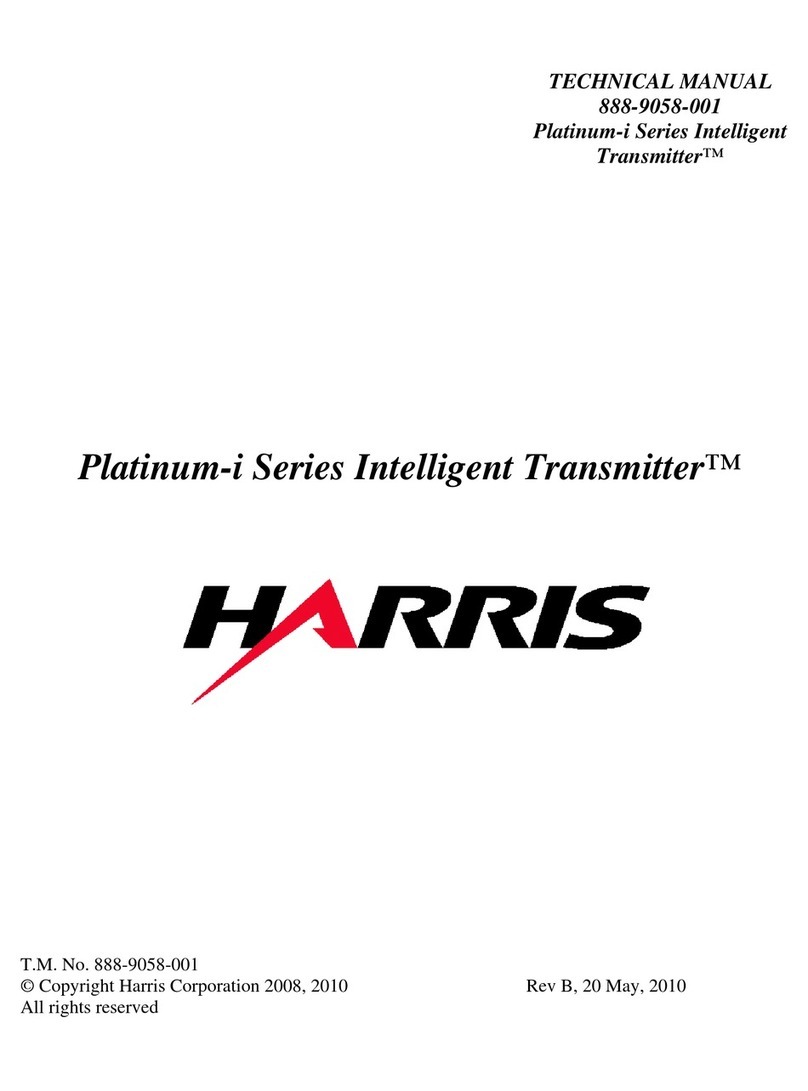
Harris
Harris Intelligent Transmitter Platinum-i Series User manual
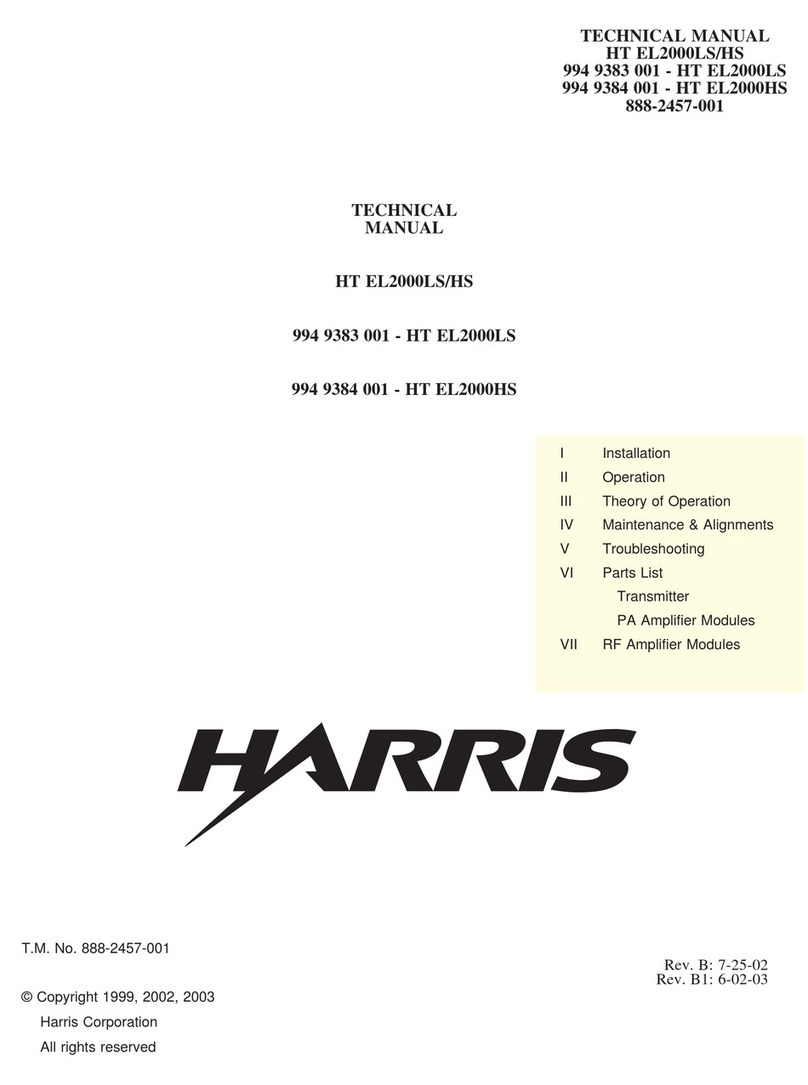
Harris
Harris Platinum HT EL 2000LS User manual
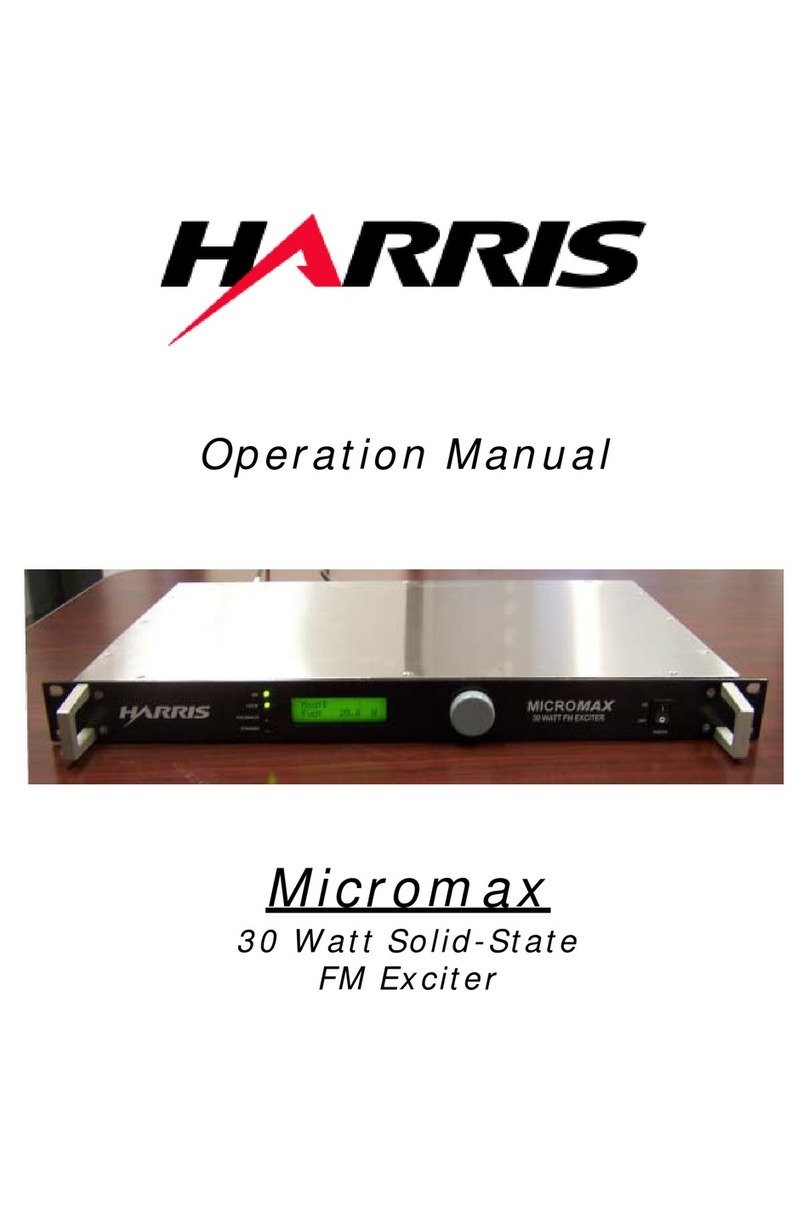
Harris
Harris Micromax User manual
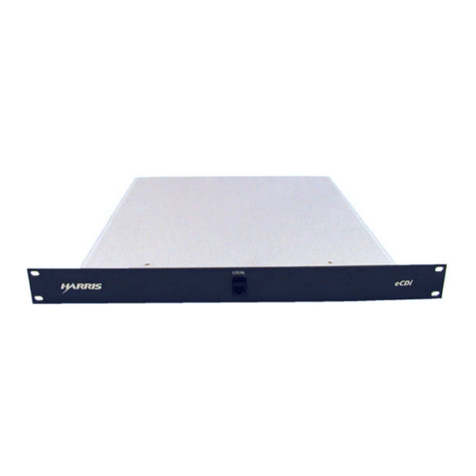
Harris
Harris eCDi User manual

Harris
Harris FM-10H3 User manual
Popular Transmitter manuals by other brands
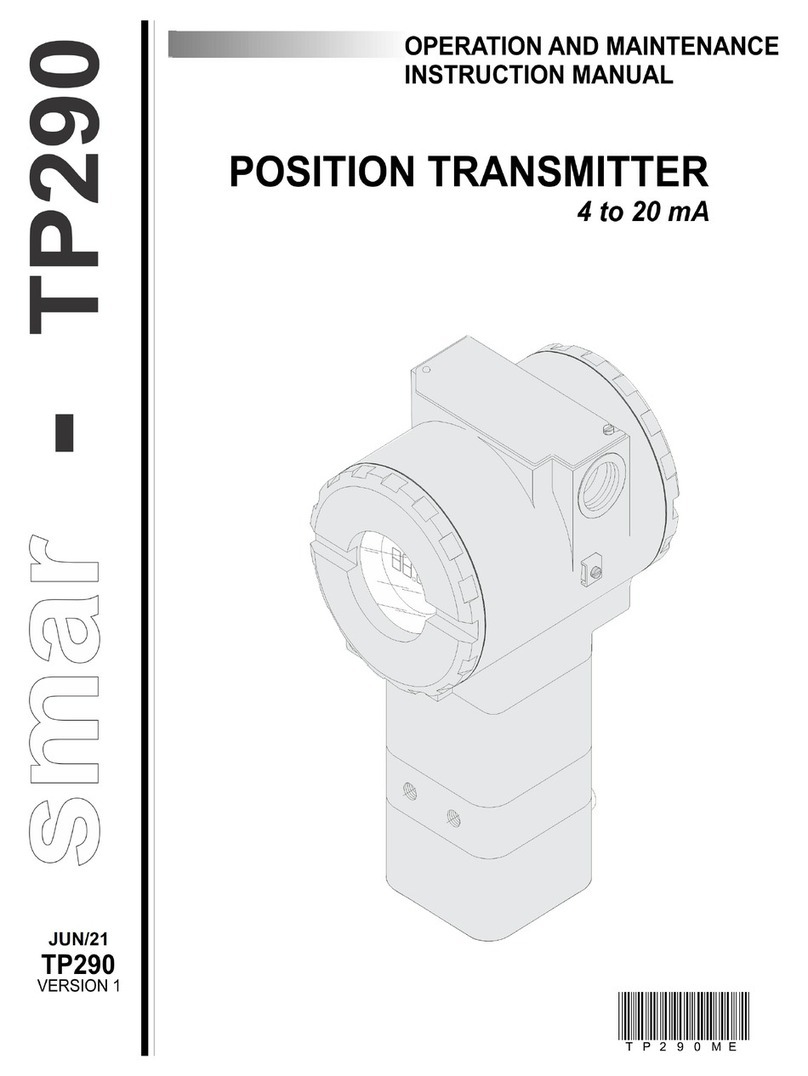
SMAR
SMAR TP290 Operation and maintenance instruction manual
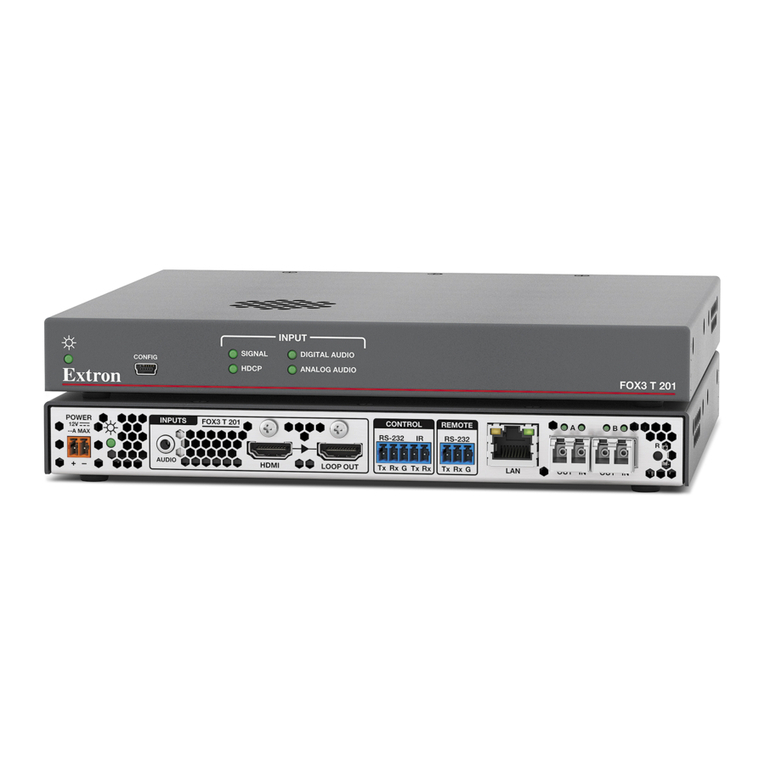
Extron electronics
Extron electronics FOX3 T 201 user guide

Heat Outdoors
Heat Outdoors QHVCR Quick start guide & instructions
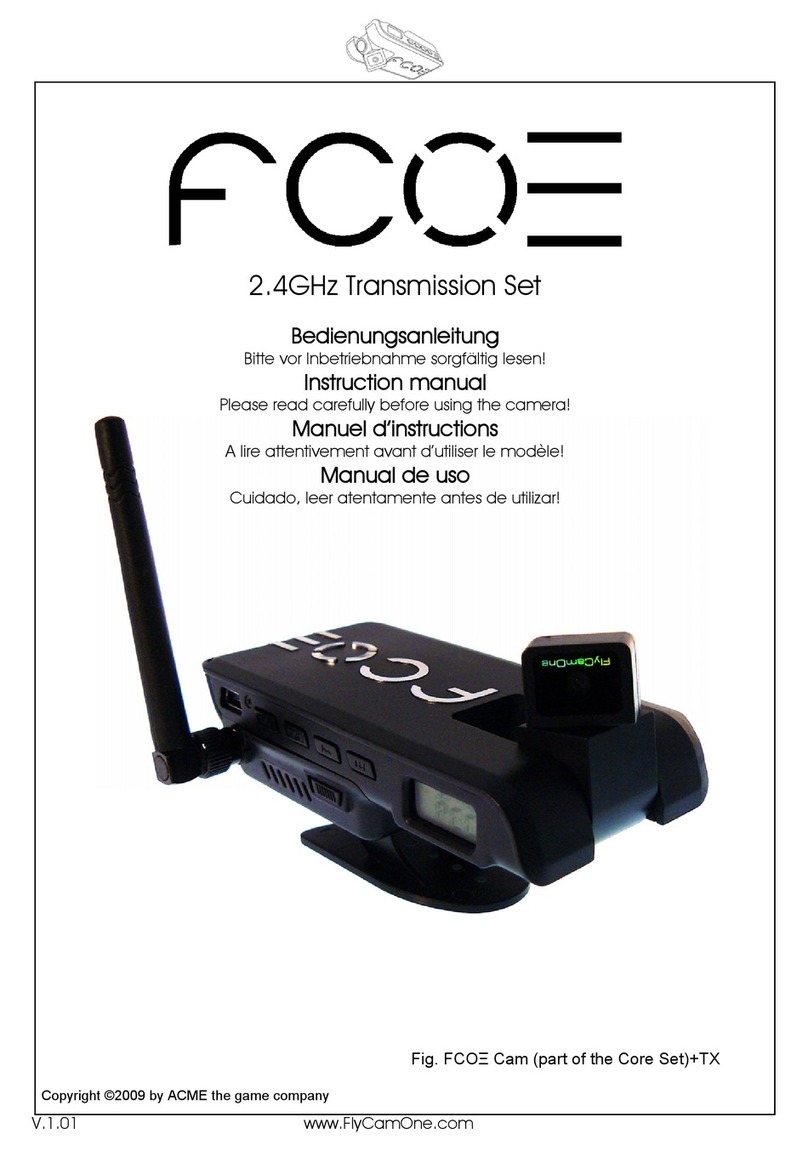
ACME
ACME FCOIII instruction manual
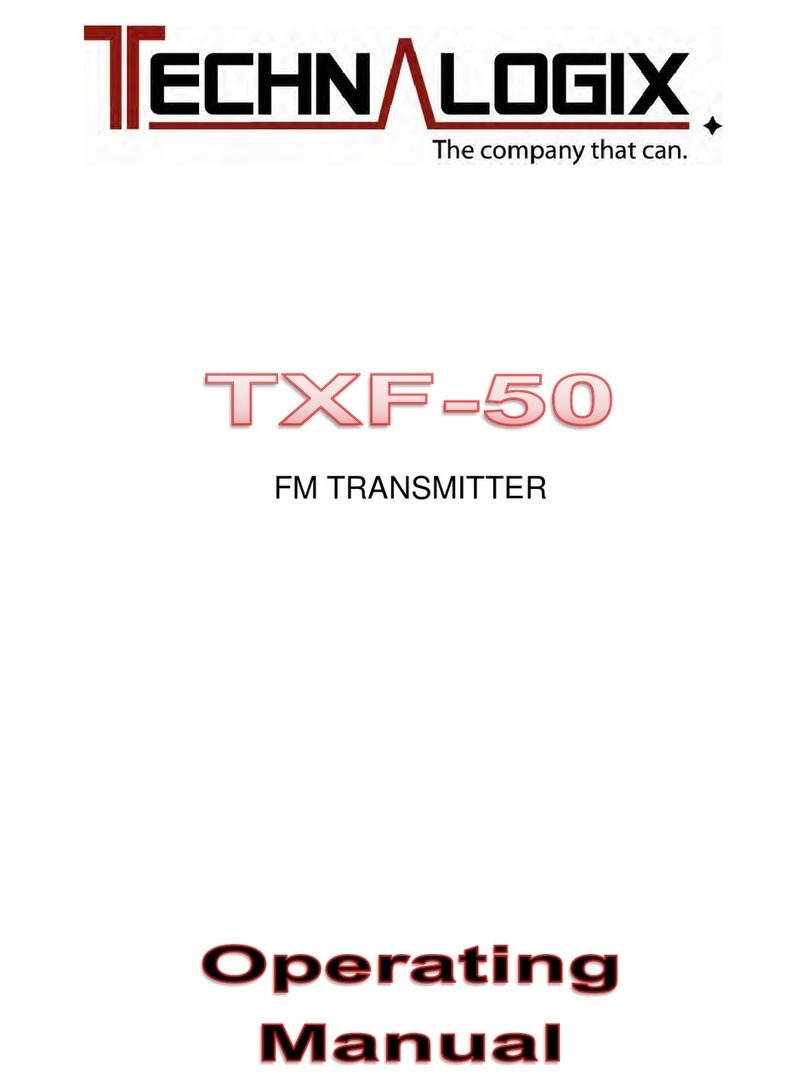
Technalogix
Technalogix TXF-50 operating manual
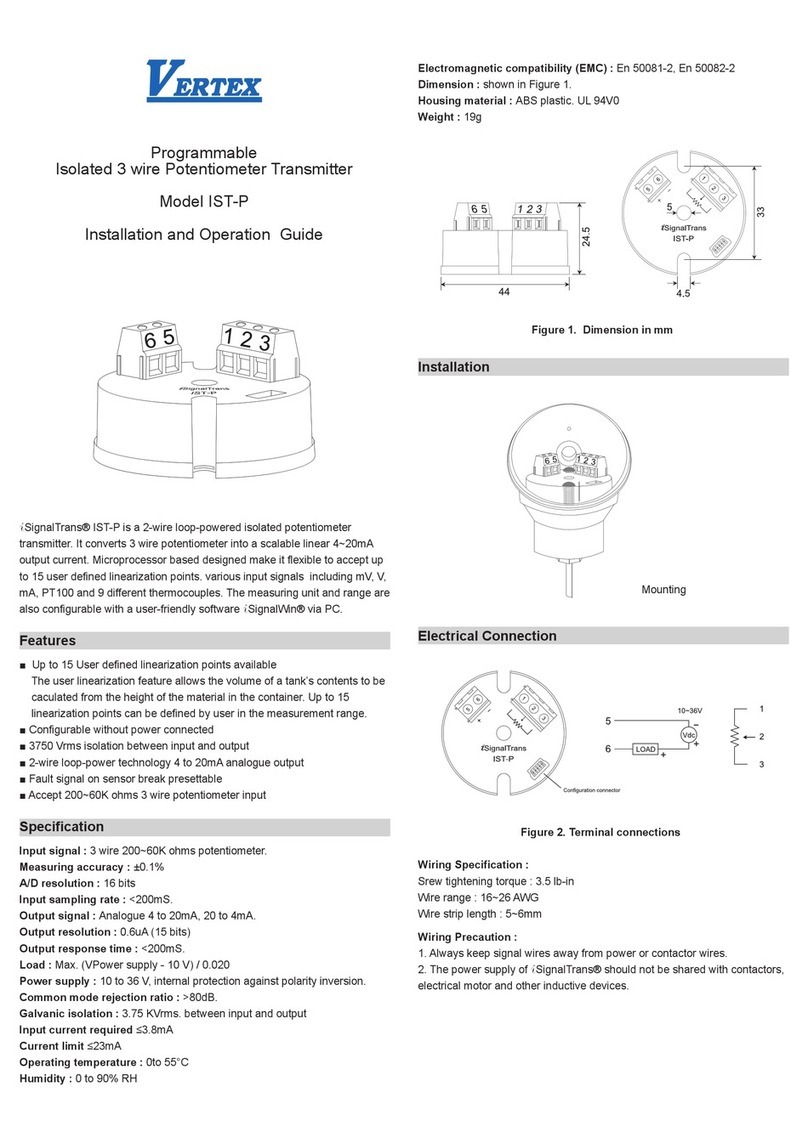
Vertex
Vertex SignalTrans IST-P Installation and operation guide



